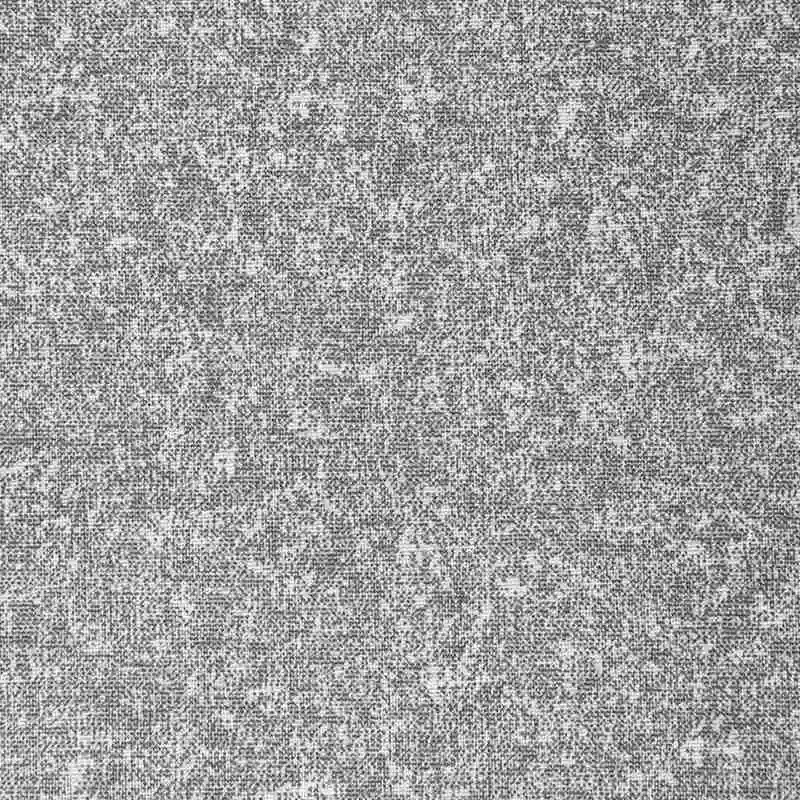Summary:Knitted fabrics are often made of low-elastic polyester or special-shaped polyester yarn, nylon yarn, cotton yarn, wool ...
Knitted fabrics are often made of low-elastic polyester or special-shaped polyester yarn, nylon yarn, cotton yarn, wool yarn, etc.
 Advantages of knitted fabrics:
Advantages of knitted fabrics:The weaving characteristics of knitted fabrics make the coils of the fabrics have a lot of expansion and contraction space, so the stretchability and elasticity of the fabrics are very good, and the fabrics can be worn without restricting human activities (such as jumping and bending, etc.), which is a production movement. The preferred fabric for clothing.
The raw materials for weaving are natural fibers or some fluffy chemical fibers. Their yarn twist is low, and the fabric is loose and porous. This feature greatly reduces the friction between the clothes and the skin, and the fabric is very soft and comfortable. Suitable as a raw material for intimate clothing.
The knitted fabric has an air pocket structure inside, and the natural fiber itself has a certain moisture absorption and breathability, so the knitted fabric is very breathable and cool. Now a large part of the summer clothes on the market are made of knitted fabrics.
As mentioned above, knitted fabrics have excellent stretchability, so the fabrics can automatically recover after being stretched by external forces and are not easy to leave wrinkles. If it is a chemical fiber knitted fabric, it is easy to dry after washing.
Disadvantages of knitted fabrics:Knitted fabrics are prone to fluff or pilling after long-term wear or washing, and the fabric structure is relatively loose, which is easy to wear and shorten the service life of the clothing. The size of the fabric is not stable, and if it is a natural fiber knitted fabric, it is likely to shrink.
 0571-82995618
0571-82995618 [email protected]
[email protected]
